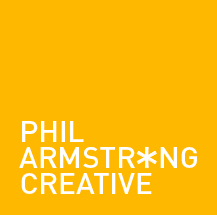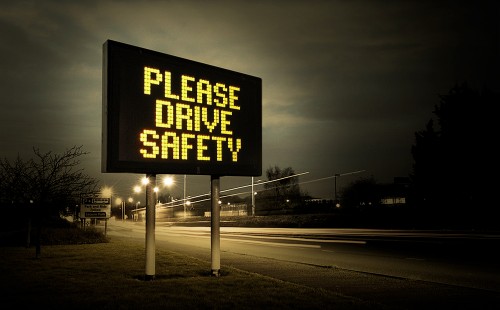12 things to remember (including remembering) when blogging.
Forgive me Father, for it’s been a while since I last posted a blog on my brand identity design website… (so some of the following blogging tips are for me as much as they are for you).
1. Consistency is key
It’s better to be realistic. If you can only manage writing one blog a month, then write one blog a month. Set your expectations at the start and keep them up. And, like myself, avoid falling into the trap of being too busy and letting it slip further down your list of to-do’s.
2. Don’t write too much
Say too much and people might just switch off (apart from your loved ones, close friends and those that have time on their hands). I’m told that 500 to 750 words is a good target.
3. Make it of value
Whether that’s connecting with something topical, educational or lighthearted for instance. Just put yourself in your readers’ shoes.
4. Break it up
This is for the people I refer to as ‘skimmers’. The ones that don’t have the time, or want to commit the time, or those that easily lose interest. So separate your writing into small chunks and add subheads. That way the ‘skimmers’ can digest it easily.
5. Numbers can help
I do it a lot, but it’s not vital. And it depends on the way you want to come across. Writing your latest blog as a list not only breaks up the copy but can also add an air of authority, as well as providing structure and stimulate engagement; especially from the ‘skimmers’.
6. Open with a captivating headline and image
Just like reading a newspaper (remember them?). If the headline doesn’t grab you, then the rest might not either. Same with the picture. Although you can rest on your laurels a bit if your headline is a cracker.
7. Sum up and add your ‘call to action’
Close with your opinion, the opinion of others, the reason why you wrote the blog in the first place perhaps, or a message you want the reader to ponder on. And tell them how you want them to react, or what you want them to do as a result of reading it. So whether that’s joining your mailing list, lobbying their MP, or commenting below, let them know.
8. Plan
Keep a diary, write notes, consider topics you could cover throughout the calendar. It could be annual events, reflecting on the news, or changes in law for example. But plan ahead and it’ll keep you going with something to say. And avoid repetition – unless of course you feel a strong need to cover the same subject more than once, whether through popular demand, or a change in circumstances.
9. Optimise for search
Consider the words that readers might type in a search engine to get to your site, such as the subject matter and the services and products you offer. Make those words appear within the first sentence or two of your blog and try to get as many of them (without going overboard) into as many paragraphs as you can.
10. Tweet your blog on a daily basis
Some say three times is good: first thing in the morning, midday, and mid to late afternoon. But don’t just say: “Read my blog”. Reference someone or something that adds credence to your piece; as with points 6 and 8 above. Make it engaging, see what’s topical and ‘trending’ and use it to your advantage.
11. And now for something completely different
There will be times when you simply can’t, or don’t want to, follow your schedule or subject matter. So if things are getting a bit too serious and taking over, don’t be afraid to mix it up and have some fun. If it’s your blog, you don’t need anyone’s permission to do so. Which leads me nicely onto my final point:
12. Enjoy!
About the author:Phil Armstrong is an award-winning Art Director and Designer with over 25 years experience in brand design, marketing and advertising. He works directly or through design and advertising agencies for clients and brands throughout the world and can be reached or commissioned by clicking here.











